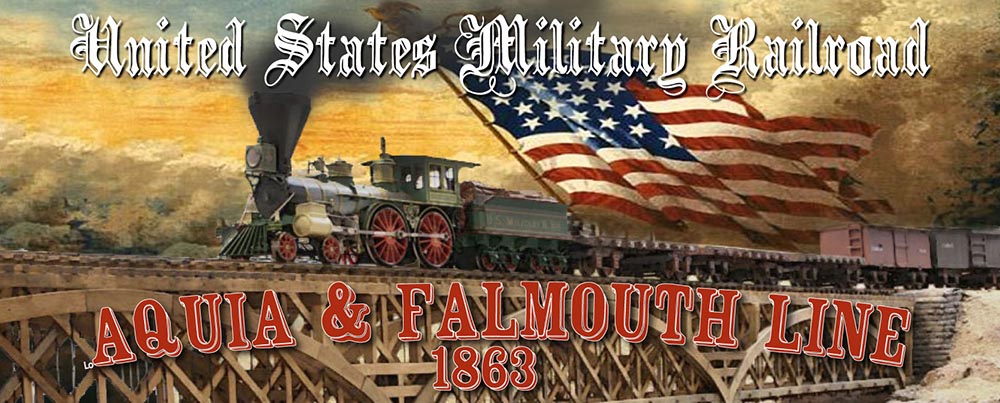| Bridge over Biscuit Run just before entering staging |
| Removable Cassette |
| Entrance to staging needs to be hidden by trees. The path was a happy accident made by dragging a finger through wet scenery. |
| Base coat of scenery |
After dinner, we hooked up the static grass machine and added a first coat of static grass. Then we cut in the dirt path on the Biscuit Run section, added a few Woodland Scenics trees as view blocks and the posts for an abandoned fence. The idea is that soldiers have removed the rails, but left the posts.
Finally we spent a bit of time fleshing out the story to the layout. So far we knew it was somewhere on the Tennessee River, but we want a better description for the show.
Here is a brief summary. Gerry will work on the full story.
It is the summer of 1864. Sherman is fighting south of Chattanooga toward Atlanta, but Atlanta hasn't fallen. This is a freelanced line that went west-south-west from Nashville to Bentonville (a fictional town), a small steamship port on the Tennessee River. The town had started the line but had not finished it by the start of the war. The USMRR completed the line in 1863 to act as a back-up route to supply Nashville. They named the port McCook's Landing in honor of Brigadier General Robert Latimer McCook, who died in 1862, allegedly shot by rebel guerrillas while he lay wounded in an ambulance (though the story is disputed by Confederates).
The town had a small shipyard and various other structures before the war. It was not burned by the either side, except for the railroad bridge and some farms of suspected guerrillas along the river. The USMRR rebuilt the bridge with a standard design, expanded the wharves and warehouses, and added earthworks with artillery.

Sir: This is a bit off topic, but are you familiar with the "Steam Into History" Project in New Freedom, PA? They are having built by Kloke a "Leviathan-esque" 4-4-0 and cars, and plan on having an excursion train that runs to Hanover Jct, and focuses on CW railroading.They do have a website and are supposed to start operations in June. Dave
ReplyDeleteYes, I am familiar with it. It is very exciting. I look forward to visiting it.
ReplyDelete